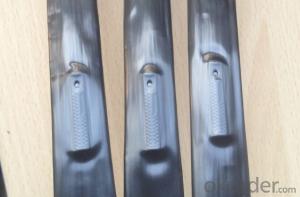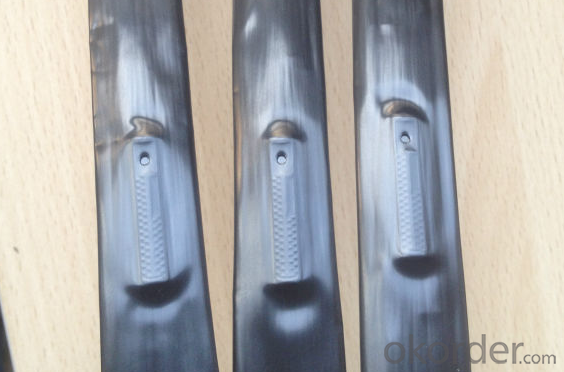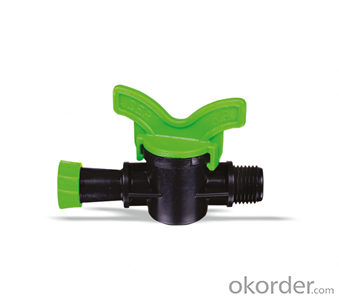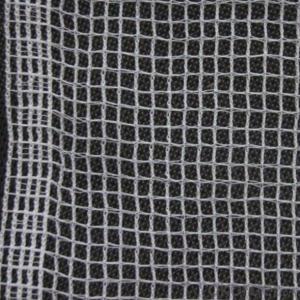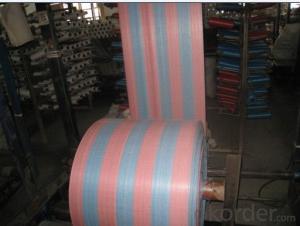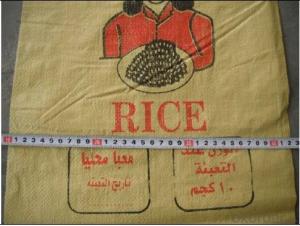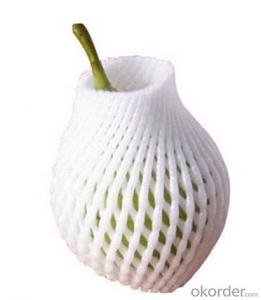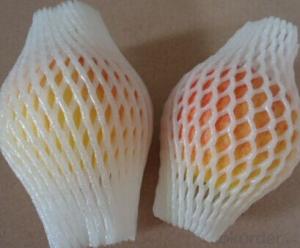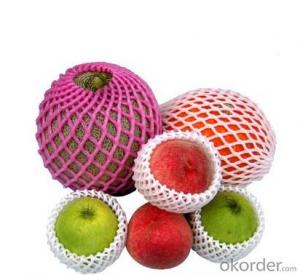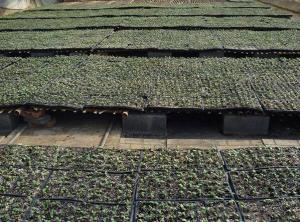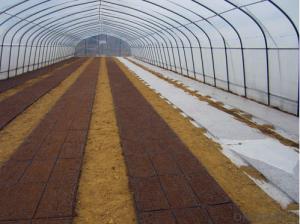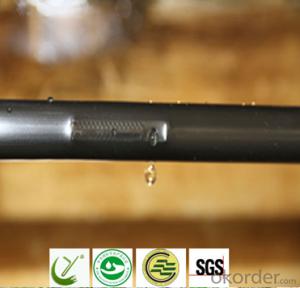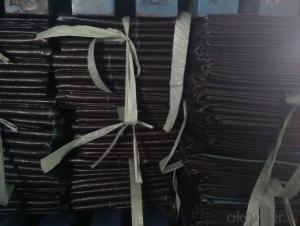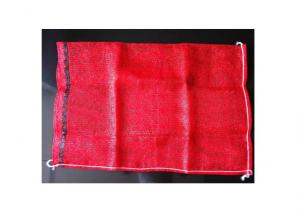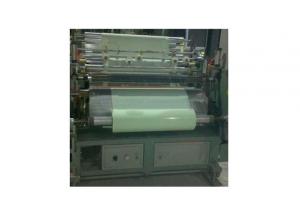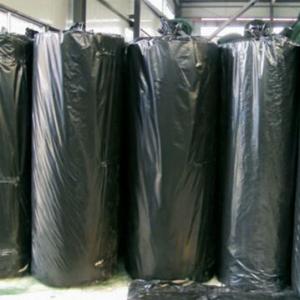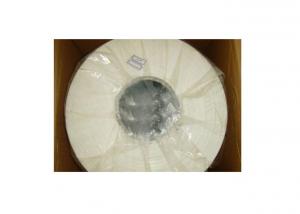Indented Gasket Out Adding Nipple - Micro irrigation - Drip irrigation
- Loading Port:
- Tianjin
- Payment Terms:
- TT OR LC
- Min Order Qty:
- 1500 m²
- Supply Capability:
- 1999999 m²/month
OKorder Service Pledge
OKorder Financial Service
You Might Also Like
Specifications of Irrigation Tape distance 30cm Good Quality :
Indented Gasket Out Adding Nipple - Micro irrigation - Drip irrigation

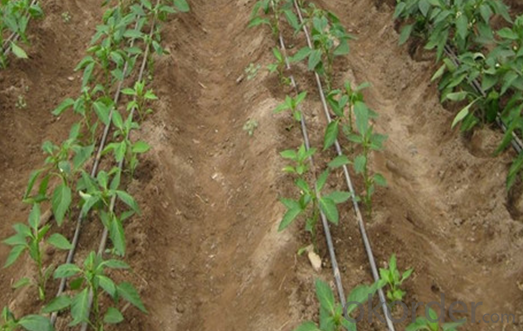
Indented Gasket Out Adding Nipple - Micro irrigation - Drip irrigation
The Application of Irrigation Tape distance 30cm Good Quality:
The layflat hose has a wealth of residential and commercial applications, and it is usually used for general water transfer purposes as well as for submain.Generally layflat hoses are used in the industry of agriculture,in pipe lining and rehabilitation,in removing waste water,in mine dewatering ,in the chemical industry and even for household chores
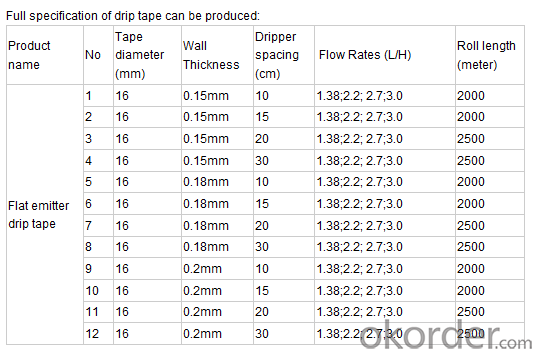
The decription of Irrigation Tape distance 30cm Good Quality:
Two layers of PVC bonded together encapsulating high tensile polyester fibers.
Thick wall dimensions and strong yarn structure help products to hold connections and resist bursting.
It assumes the conventional round appearance when pressure is being passed through it and then returns to its flat shape after use.It does not need drying and can be rolled immediately after use.
Indented Gasket Out Adding Nipple - Micro irrigation - Drip irrigation
Features of Irrigation Tape distance 30cm Good Quality:
1.Great durability mainly given by the reinforcement and high-density PVC material.
2.The layflat hoses can have up to 12 inches diameter based on their applications.
3.Extra thickness are added in order to prevent bursting due to pressure in heavy industry.
4.Can be easily rolled up,stored and reused,as it has a very durable construction.
5.The hoses come with a variety of fittings and accessories ensures the water transfer process free of leaking.
6.Temperature range:-5°C~65°C(23~149F)
Indented Gasket Out Adding Nipple - Micro irrigation - Drip irrigation
FAQ Irrigation Tape distance 30cm Good Quality
1.Q:Are you manufactory or trade company?
A:We are the Manufactory specialized in drip irrigation more than 20 years; Our factory have passed IS09000.
2.Q:How can I get the samples?
A:If you need some samples to test, we can make as per your request .You should pay for the transportation freight of samples and our samples cost, while the samples cost can be refundable after you place the order if the amount meets our requirement.
3.Q:How much the transportation freight of samples?
A:The freight depends on the weight and packing size and your area.
4.Q:How long can I expect to get the sample?
A:The samples will be ready for delivery within one week. The samples will be sent via express and arrive in 7-10 days.
5.Q:Can we have our Logo or company name to be printed on your products or package?
A:Sure.Your Logo can be put on your products by Hot Stamping,Printing,Embossing,UV Coating,Silk-screen Printing or Sticker
- Q: I have heard from many people that plastic containers give off chemicals when heated, which in turn are eaten when you eat leftovers heated up in them. I bought stoneware and glassware (Corningware and Pyrex) today to replace my plastic containers. Am I doing the right thing??
- No, there is no danger in heating up plastic containers. I hear a lot of silly comments about many different things also. Hell, I know a few people who still believe that microwave ovens are dangerous! Edit: Sorry Jonboy, but it seems to me that although you may have a basic concept of some plastics, you seem to have no concept as to the amount of potential leaching of materials which may occur by simple heating, or the damage that a few released molecules could possibly have on any living being. Obviously if the material melts, it was not being used properly. Even if it did it would not cause any health risk. It would mean that the container would no longer be usable for it's originally intended purpose!
- Q: Can agricultural plastic products be reused?
- Yes, agricultural plastic products can be reused in many ways. They can be cleaned and repurposed for various agricultural applications such as irrigation systems, plant protection covers, or storage containers. Additionally, some agricultural plastics can be recycled to create new products, reducing waste and promoting sustainability in the industry.
- Q: What are the different types of plastic covers used in horticulture?
- There are several types of plastic covers commonly used in horticulture, including greenhouse film, shade cloth, row covers, and mulch film. Greenhouse film is a transparent or translucent plastic cover used to create a controlled environment for plants, providing protection from extreme weather conditions. Shade cloth is a woven or knitted fabric used to partially block sunlight and reduce heat stress on plants. Row covers are lightweight fabrics used to protect plants from insects, frost, and harsh weather conditions. Mulch film is a plastic cover placed on the soil surface to conserve moisture, suppress weeds, and regulate soil temperature.
- Q: I want to get some of those plastic bins to store pairs of shoes in individually -- so one pair of shoes per plastic bin, with a lid on it. Is plastic storage of this sort bad for the shoes? I am concerned about putting leather shoes in a plastic bin. I'm thinking they may need to breathe and would be better off in the original box. I am interested in the plastic bins, though because they are all uniform in size, not to mention the benefit of being clear.
- This Site Might Help You. RE: Shoe storage in plastic bins - bad or good? I want to get some of those plastic bins to store pairs of shoes in individually -- so one pair of shoes per plastic bin, with a lid on it. Is plastic storage of this sort bad for the shoes? I am concerned about putting leather shoes in a plastic bin. I'm thinking they may need to breathe and...
- Q: This question asks about the methods employed by farmers to handle waste generated from agricultural plastic products.
- <p>Farmers manage waste from agricultural plastic products through various methods. They often recycle used plastic materials like irrigation pipes, mulch films, and greenhouse covers. Some farmers use mechanical or manual methods to remove plastic residues from the soil. Others may compost biodegradable plastics, although this is less common for traditional plastics. Proper disposal in designated landfills is also practiced. Additionally, some regions have implemented collection programs where farmers return plastic waste to manufacturers for recycling. Education and awareness programs play a crucial role in encouraging proper waste management practices among farmers.</p>
- Q: This question asks about methods employed in agriculture to combat soil erosion using plastic products.
- <p>Several techniques are used to prevent soil erosion with agricultural plastic products: 1. Mulching: Applying a layer of plastic mulch on the soil surface reduces water evaporation and controls weed growth, which in turn minimizes soil disturbance and erosion. 2. Plastic film cover: This technique helps in maintaining soil moisture and temperature, reducing the need for tillage, and thus, soil disturbance. 3. Agroforestry with plastic barriers: Plastic barriers can be used to protect young tree saplings, reducing soil erosion around the plants. 4. Plastic nets: These can be used to cover the soil, protecting it from wind and water erosion. 5. Drainage systems with plastic pipes: Proper drainage helps in preventing soil erosion by reducing water runoff and soil saturation. These techniques, when used effectively, can significantly reduce soil erosion and maintain soil health.</p>
- Q: Can nursery trays be used for hanging plants?
- No, nursery trays are not typically designed for hanging plants. They are mainly used for starting seeds or growing small plants before they are transplanted into larger containers or the ground. Hanging plants require specialized containers or baskets with proper drainage and support for their growth.
- Q: What are the different types of additives used in agricultural plastic products?
- The different types of additives used in agricultural plastic products include UV stabilizers, antioxidants, colorants, plasticizers, flame retardants, and antimicrobial agents.
- Q: What are some ground cover options for hot, dry climates?
- Some ground cover options for hot, dry climates include succulents like sedum and ice plant, as well as drought-tolerant grasses like buffalo grass and blue grama. Other options include creeping thyme and yarrow, which can withstand the heat and require minimal water.
- Q: Can ground cover be used to attract butterflies and hummingbirds?
- Yes, ground cover can be used to attract butterflies and hummingbirds. Certain types of ground cover plants, such as butterfly weed, milkweed, and phlox, produce nectar-rich flowers that are highly attractive to these pollinators. By incorporating these plants into your garden or landscape, you can create an inviting habitat that helps attract and support butterflies and hummingbirds.
Send your message to us
Indented Gasket Out Adding Nipple - Micro irrigation - Drip irrigation
- Loading Port:
- Tianjin
- Payment Terms:
- TT OR LC
- Min Order Qty:
- 1500 m²
- Supply Capability:
- 1999999 m²/month
OKorder Service Pledge
OKorder Financial Service
Similar products
Hot products
Hot Searches
Related keywords
